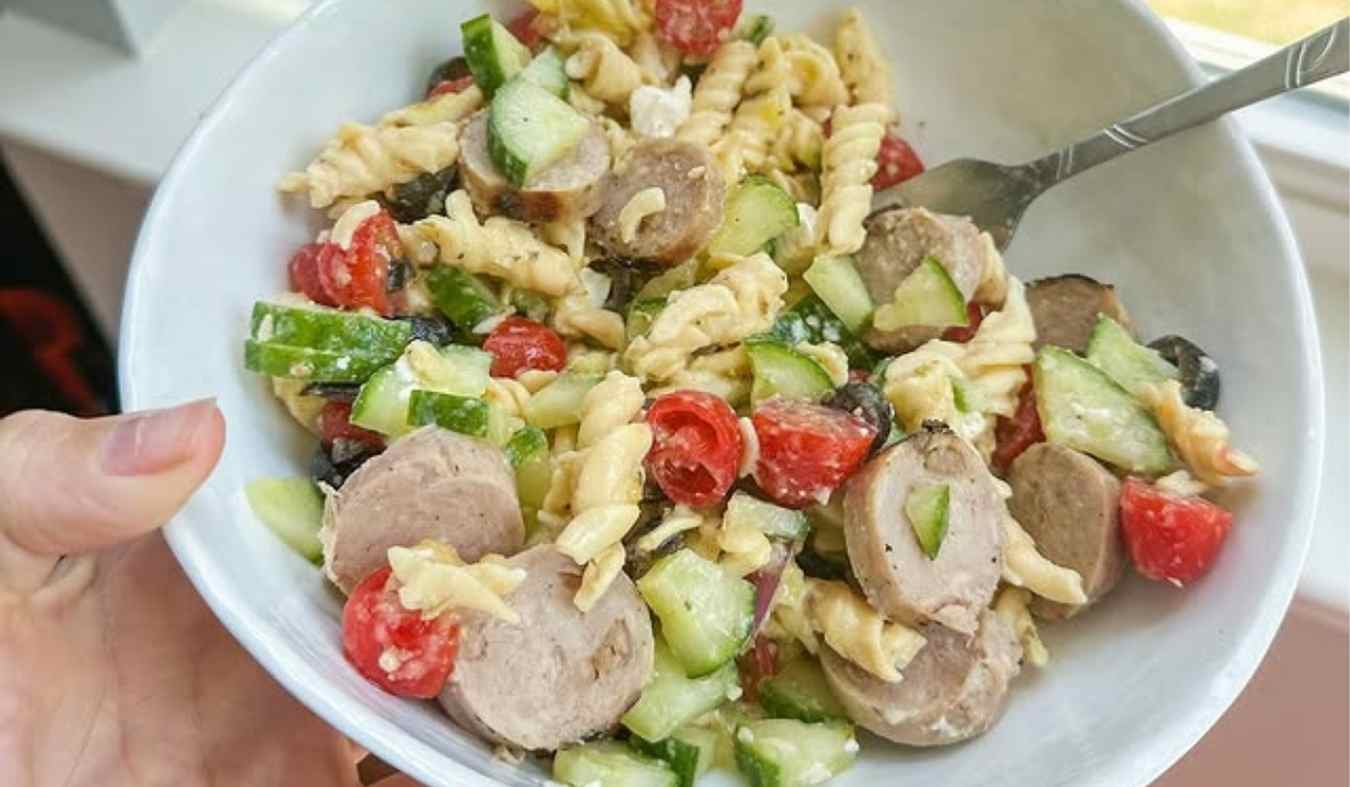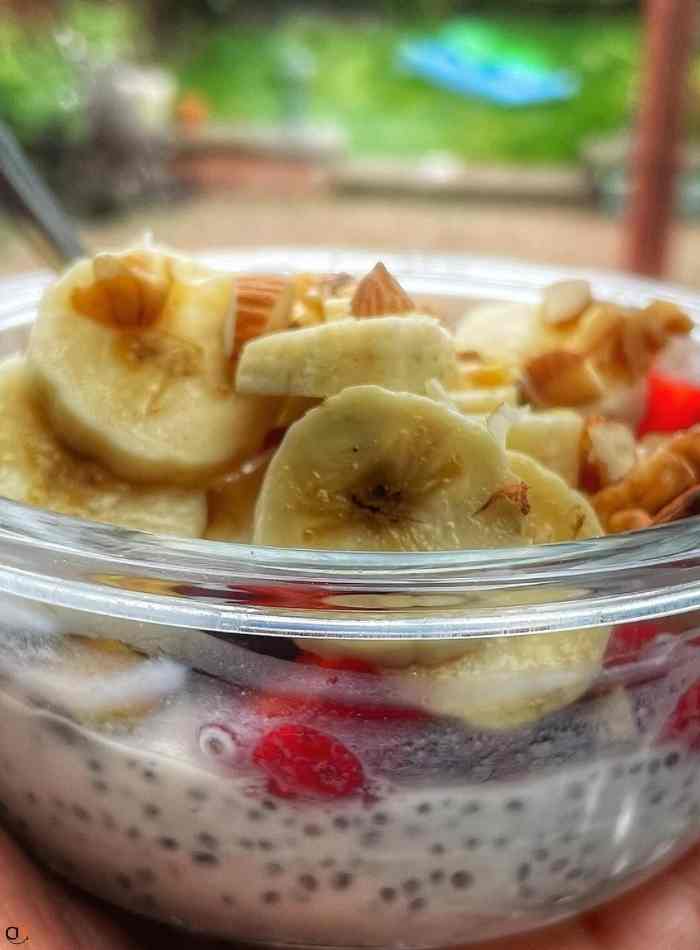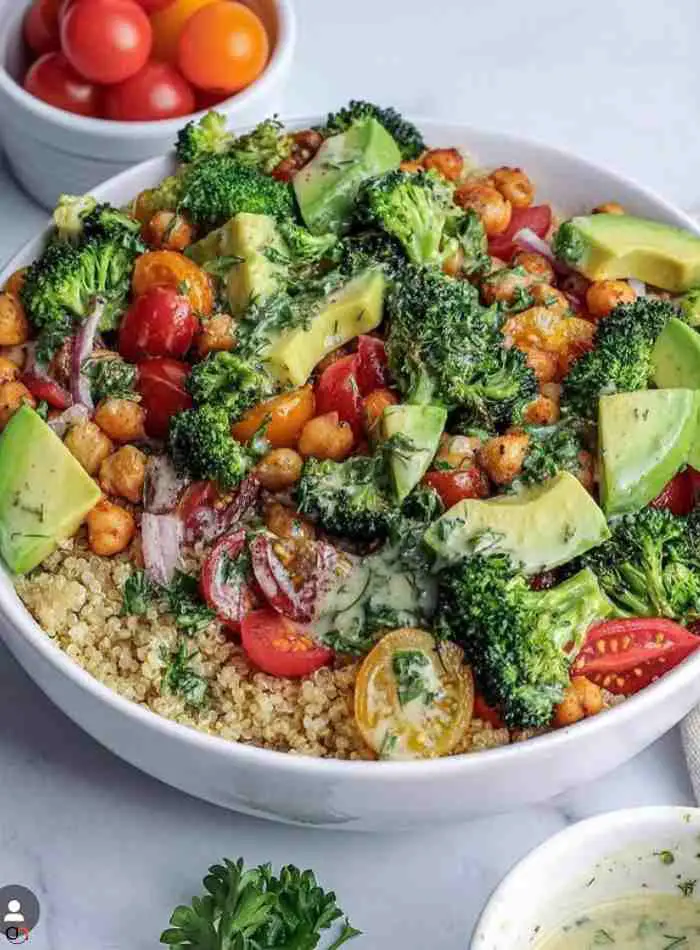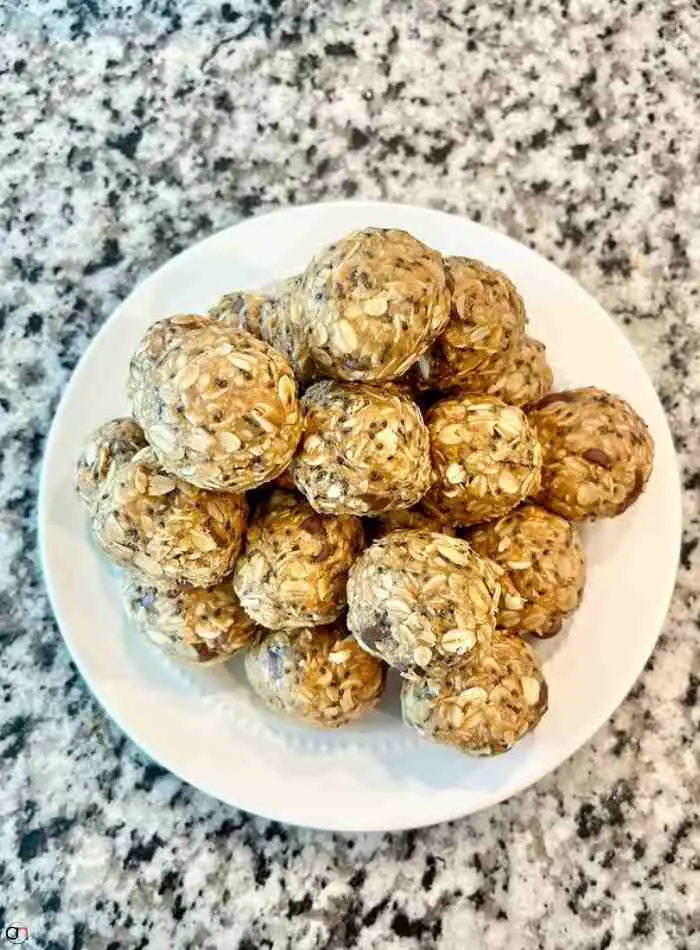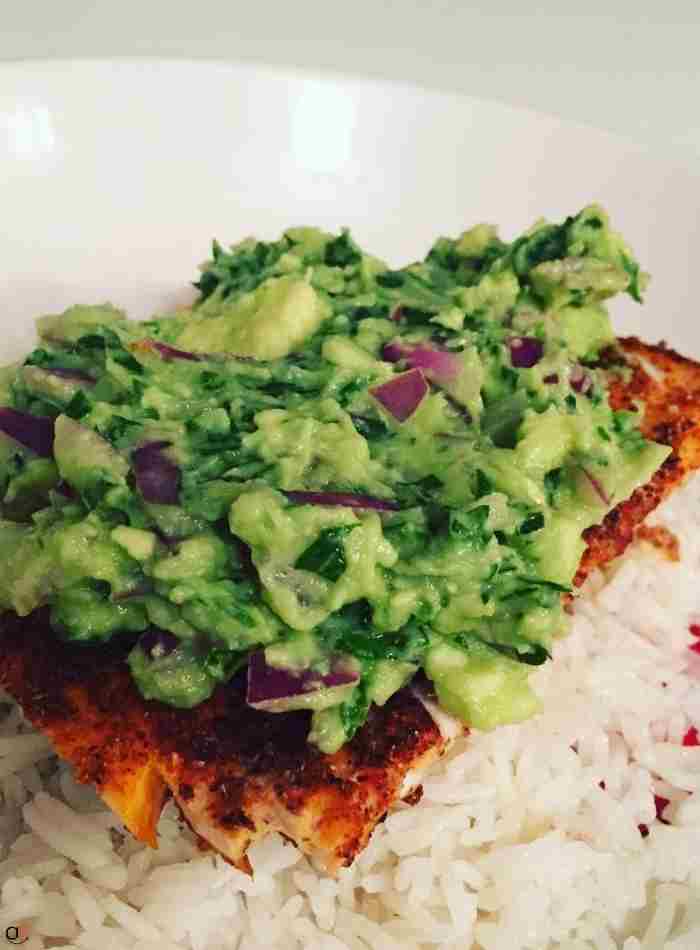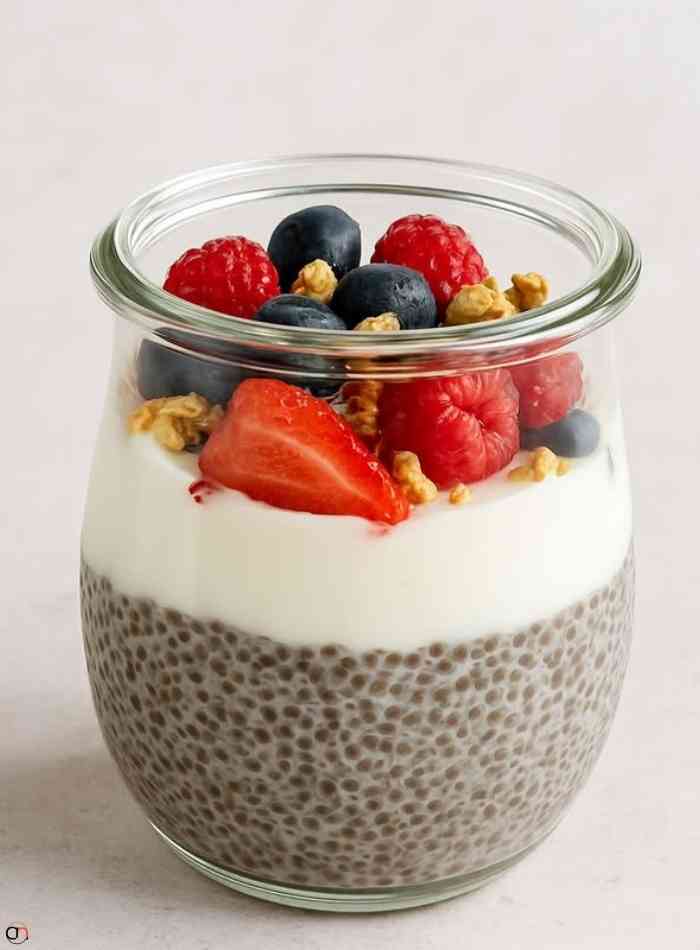Eating clean is more than just a dietary trend—it’s a way of embracing wholesome, natural foods that nourish the body without the harmful additives, preservatives, or processed ingredients that are often found in traditional diets.
Clean recipes focus on whole foods, minimal ingredients, and simple preparations that bring out the natural flavors and health benefits of the ingredients used.
This blog post will dive into clean eating and offer you a variety of clean recipes that will not only help you eat better but also feel better. Clean Recipes are perfect for those looking to simplify their diet and take control of what they put into their bodies, without sacrificing taste or satisfaction.
What is Clean Eating?
Clean eating refers to eating whole, unprocessed foods that are as close to their natural form as possible. It means avoiding foods that have been refined or heavily processed, such as sugary snacks, fast foods, and packaged foods laden with preservatives, artificial flavors, and colors.
Instead, clean eating focuses on the following food principles:
-
Whole foods: Fruits, vegetables, whole grains, lean proteins, and healthy fats.
-
Minimal processing: Foods that are minimally altered from their natural state, such as freshly picked vegetables, raw nuts, or unprocessed meat.
-
No refined sugars or artificial ingredients: Clean eating means cutting out foods that contain hidden sugars, artificial sweeteners, or preservatives.
By focusing on fresh, whole foods, clean recipes aim to reduce your intake of empty calories while providing your body with the essential nutrients it needs to function optimally.
Why You Should Try Clean Eating:
There are numerous benefits to adopting a clean eating lifestyle:
-
Increased Energy: Whole foods are packed with essential vitamins, minerals, and nutrients that your body needs to perform at its best, leading to sustained energy throughout the day.
-
Weight Management: Clean eating focuses on nutrient-dense foods rather than calorie-dense foods. By eating whole foods, you’re fueling your body with foods that are naturally filling and satisfying, helping you maintain a healthy weight.
-
Improved Digestion: Clean eating, especially when high in fiber from fruits, vegetables, and whole grains, helps promote better digestion and gut health.
-
Clearer Skin: Clean foods can contribute to clearer, healthier skin by reducing inflammation caused by processed foods and refined sugars.
-
Better Mood and Mental Clarity: Foods rich in antioxidants, healthy fats, and vitamins can have a positive impact on your brain, improving mood and cognitive function.
With these benefits in mind, let’s explore some clean recipes you can incorporate into your daily meals to support a healthier, balanced lifestyle.
5 Clean Recipes Ideas:
Looking for healthy and delicious meals? Here are five clean recipe ideas that focus on fresh, whole ingredients to nourish your body and satisfy your cravings.
1. Clean Eating Breakfast: Overnight Oats
Overnight oats are a fantastic breakfast option that’s packed with fiber, protein, and healthy fats. They are easy to prepare the night before, and you can customize them with your favorite toppings.
Ingredients:
-
½ cup rolled oats
-
1 tablespoon chia seeds
-
1 tablespoon almond butter or peanut butter
-
1 tablespoon honey (optional)
-
¾ cup almond milk or coconut milk
-
Fresh fruits (such as berries, banana, or apple slices)
-
A pinch of cinnamon (optional)
Instructions:
-
In a mason jar or container, combine the rolled oats, chia seeds, almond butter, honey (if using), and almond milk.
-
Stir until well mixed, then cover the container and refrigerate overnight.
-
In the morning, top with fresh fruits and a sprinkle of cinnamon before serving.
Why It’s Clean: Rolled oats are a whole grain and provide fiber, while chia seeds offer omega-3 fatty acids and protein. Almond milk is a plant-based milk alternative that is free of artificial sugars, and the toppings add natural sweetness and nutrients.
2. Clean Eating Lunch: Quinoa Salad with Roasted Vegetables
This quinoa salad is a perfect clean lunch option, packed with protein, fiber, and healthy fats. The roasted vegetables add a savory element, while the lemon dressing brings everything together.
Ingredients:
-
1 cup quinoa, cooked
-
1 cup mixed vegetables (such as seasoned chickpeas, avocado & the yummiest creamy vinaigrette!)
-
1 tablespoon olive oil
-
1 teaspoon garlic powder
-
1 tablespoon lemon juice
-
Salt and pepper to taste
-
Fresh herbs (parsley or cilantro), chopped
Instructions:
-
Preheat the oven to 400°F (200°C). Toss the vegetables with olive oil, garlic powder, salt, and pepper, and spread them on a baking sheet. Roast for about 20 minutes or until tender.
-
While the vegetables roast, cook the quinoa according to package instructions. Once done, fluff with a fork.
-
In a large bowl, combine the cooked quinoa, roasted vegetables, and chopped herbs.
-
Drizzle with lemon juice and serve warm or chilled.
Why It’s Clean: Quinoa is a high-protein, gluten-free whole grain that serves as a base for the salad. Roasting vegetables enhances their natural flavors without adding unhealthy fats or sugars. The lemon juice acts as a natural dressing, avoiding processed condiments.
3. Clean Eating Snack: Energy Bites
These no-bake energy bites are perfect for a quick snack on the go. They’re made with whole ingredients, providing a balance of protein, healthy fats, and fiber.
Ingredients:
-
1 cup rolled oats
-
½ cup almond butter
-
¼ cup honey or maple syrup
-
1 tablespoon chia seeds
-
1 teaspoon vanilla extract
-
¼ cup dark chocolate chips (optional)
Instructions:
-
In a large bowl, combine all ingredients and mix until well combined.
-
Roll the mixture into small balls, about 1 inch in diameter.
-
Refrigerate for at least 30 minutes before serving.
Why It’s Clean: The oats provide fiber and whole grains, while almond butter adds healthy fats and protein. Honey or maple syrup serves as a natural sweetener, and dark chocolate chips (if used) offer antioxidants without excess sugar.
4. Clean Eating Dinner: Grilled Salmon with Avocado Salsa
Grilled salmon is rich in omega-3 fatty acids, and paired with a fresh avocado salsa, this dish is a clean, delicious, and nutrient-packed dinner.
Ingredients:
-
4 salmon fillets
-
1 tablespoon olive oil
-
Salt and pepper to taste
-
1 avocado, diced
-
1 small tomato, diced
-
¼ red onion, finely chopped
-
1 tablespoon cilantro, chopped
-
1 tablespoon lime juice
Instructions:
-
Preheat your grill or grill pan over medium-high heat. Rub the salmon fillets with olive oil and season with salt and pepper.
-
Grill the salmon for about 4-5 minutes per side or until cooked through.
-
While the salmon is grilling, prepare the avocado salsa by combining the diced avocado, tomato, onion, cilantro, and lime juice in a bowl. Stir gently to combine.
-
Serve the grilled salmon with a generous spoonful of avocado salsa on top.
Why It’s Clean: Salmon is a great source of protein and omega-3 fatty acids, while the avocado salsa is packed with heart-healthy fats and vitamins. The dish is free of refined sugars and processed ingredients, making it a wholesome choice for dinner.
5. Clean Eating Dessert: Chia Pudding with Fresh Fruit
This chia pudding is a simple and nutritious dessert option that satisfies your sweet tooth while providing fiber, protein, and healthy fats.
Ingredients:
-
3 tablespoons chia seeds
-
1 cup coconut milk or almond milk
-
1 teaspoon honey or maple syrup (optional)
-
Fresh fruit (berries, mango, or kiwi)
-
A sprinkle of cinnamon or shredded coconut (optional)
Instructions:
-
In a bowl or jar, combine the chia seeds and milk. Stir well and let sit for 5 minutes, then stir again to break up any clumps.
-
Refrigerate for at least 2 hours or overnight, allowing the chia seeds to absorb the liquid and form a pudding-like consistency.
-
Top with fresh fruit and a sprinkle of cinnamon or shredded coconut before serving.
Why It’s Clean: Chia seeds are high in fiber and omega-3 fatty acids, and the coconut milk or almond milk is free from artificial additives. The honey or maple syrup adds a natural sweetness without refined sugar, and the fresh fruit provides a burst of vitamins and antioxidants.
Final Thoughts:
Incorporating clean recipes into your daily routine is a great way to fuel your body with wholesome, nutrient-dense foods. By focusing on whole, unprocessed ingredients, you can boost your health, improve digestion, and maintain a healthy weight.
The clean recipes we’ve discussed—ranging from breakfast to dessert—are simple to prepare, and they provide a balanced, satisfying meal for every occasion.
Whether you’re looking to try clean eating for weight loss, energy, or overall health, these recipes are a perfect starting point.
As you explore clean eating further, remember that the goal is to simplify your diet and make better food choices—your body will thank you!
Find More: 3 Tomato Mozzarella Salad Ideas
FAQs:
Q. What is clean eating?
Clean eating involves consuming whole, unprocessed foods that are as close to their natural state as possible. It eliminates refined sugars, artificial ingredients, and highly processed foods.
Q. Is clean eating the same as organic eating?
While clean eating emphasizes whole, natural foods, organic eating focuses specifically on foods grown without synthetic pesticides, fertilizers, or genetically modified organisms (GMOs). Clean eating can include organic foods, but they are not a requirement.
Q. Can I lose weight by following a clean eating diet?
Yes, clean eating can help with weight loss by focusing on nutrient-dense foods that are naturally filling and lower in empty calories, making it easier to maintain a healthy weight.
Q. Are there any foods I should avoid on a clean eating diet?
On a clean eating diet, avoid foods that are highly processed, such as fast food, sugary snacks, refined grains, and products with artificial additives or preservatives.
Q. Is clean eating expensive?
Clean eating can be affordable if you focus on buying seasonal produce, purchasing in bulk, and cooking at home. While organic foods may be more expensive, clean eating is about prioritizing whole foods, not necessarily organic options.

